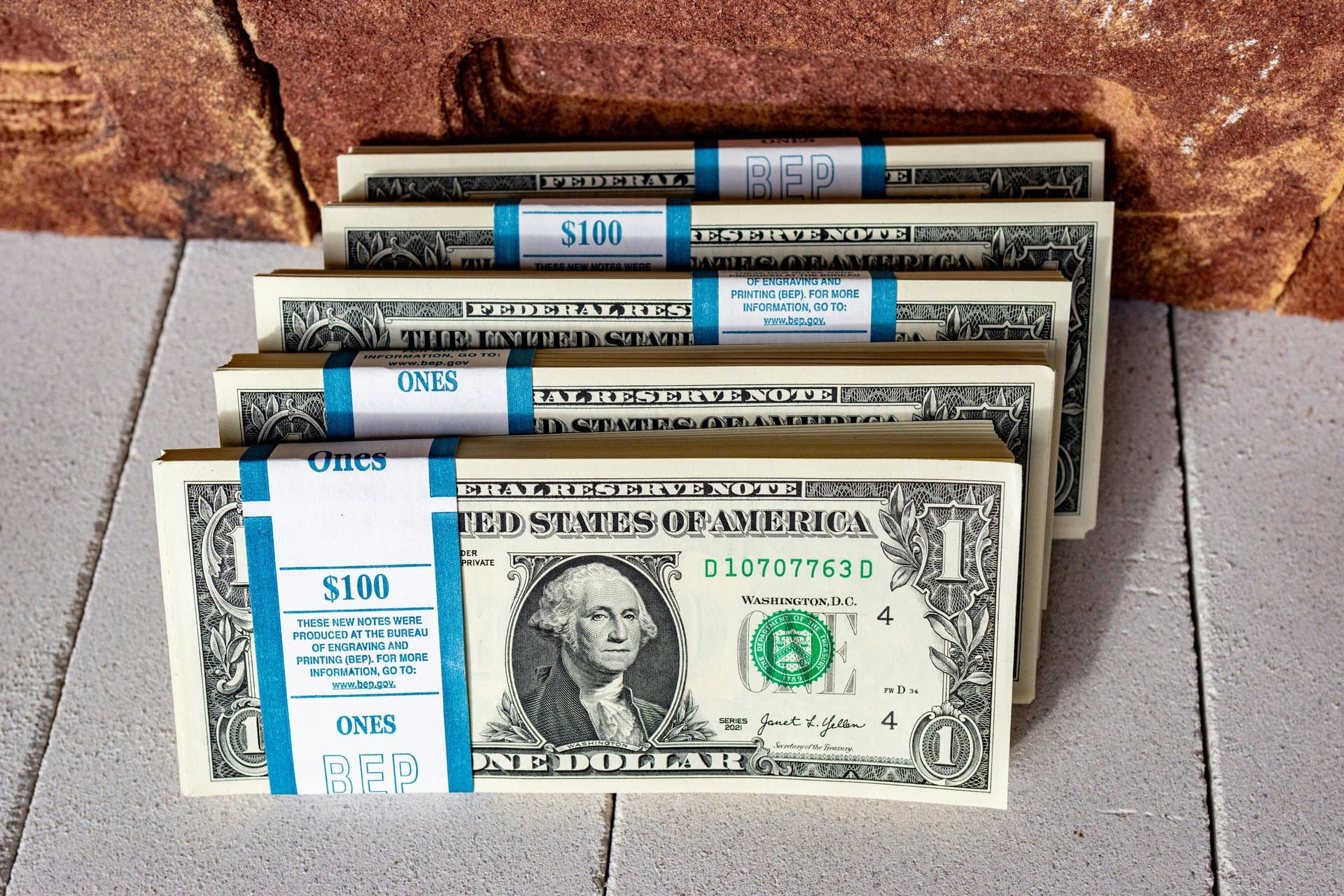Mastering Emergency Funds: Your Ultimate Guide to Financial Safety
Discover why building and managing an emergency fund is essential for financial resilience. Learn actionable strategies to save, where to keep your fund, and when to use it wisely.

Key Takeaways
- Emergency funds shield you from debt and financial shocks.
- Aim to save 3 to 6 months of living expenses.
- High-yield savings accounts offer safety and quick access.
- Start small, automate savings, and build steadily over time.
- Use your emergency fund only for true financial emergencies.

Life’s unexpected moments—like a sudden car repair or job loss—can throw your finances into chaos. That’s where an emergency fund steps in: a dedicated stash of cash set aside to cover unforeseen expenses without plunging you into debt. Experts suggest saving enough to cover three to six months of living costs, but starting small is better than not starting at all. This guide unpacks what an emergency fund is, why it matters, how much to save, where to keep it safe yet accessible, and when to tap into it. Ready to turn financial surprises into manageable bumps? Let’s dive in.
Understanding Emergency Funds
Imagine waking up to a broken-down car or an unexpected medical bill. Without a financial cushion, these moments can spiral into debt or stress. An emergency fund is your dedicated stash of cash, set aside specifically for such surprises. It’s not your vacation fund or daily spending money—it’s a financial fortress for life’s curveballs.
Experts recommend saving enough to cover three to six months of living expenses, which acts like a buffer against both spending shocks—like sudden home repairs—and income shocks, such as job loss. Starting small, say $500, is perfectly fine; the key is to build gradually. This fund keeps you afloat without relying on high-interest credit cards or loans, protecting your financial health and peace of mind.
Building Your Emergency Fund
Bo’s budgeting turned chaos into clarity when she started setting aside just $25 from each paycheck. The secret? Consistency and automation. Building an emergency fund is less about giant leaps and more about steady steps. Setting a monthly savings goal, no matter how small, creates momentum and makes the task less daunting.
Automate transfers from your checking to a dedicated savings account, so the money moves without you having to think twice. Use spare change apps or stash your tax refund directly into your fund. Regularly review your progress and adjust contributions as your income or expenses change. Remember, every dollar saved is a brick in your financial fortress.
Choosing the Right Account
Where you park your emergency fund matters. It needs to be safe, liquid, and separate from your everyday spending to avoid temptation. High-yield savings accounts are a top choice—they’re federally insured up to $250,000, offer competitive interest rates, and allow quick access when emergencies strike.
Avoid tying your emergency fund in long-term investments that might lock your money away or expose it to market risks. If you’ve had banking hiccups, consider second chance accounts to rebuild your history. The goal is to have your emergency fund ready at a moment’s notice, growing quietly in the background until you need it.
Knowing When to Use It
The sting of an empty savings account is real, but so is the relief of a funded emergency fund. Knowing when to tap into it is crucial. Use your fund for true emergencies—job loss, urgent medical bills, major car or home repairs—not for everyday expenses, vacations, or impulse buys.
Set clear guidelines for what counts as an emergency to avoid dipping into your reserves unnecessarily. If you do use your fund, replenish it as soon as possible. This discipline keeps your safety net intact, so you’re never caught off guard twice. Think of it as your financial first aid kit—only for genuine wounds.
Maintaining and Growing Your Fund
An emergency fund isn’t a set-it-and-forget-it deal. Life changes—new family members, rent hikes, or job shifts—mean your fund needs regular checkups. Review your savings goals periodically and adjust to keep pace with your current expenses.
Once you hit your target, consider starting a separate savings account for irregular but expected costs like car maintenance or seasonal expenses. This keeps your emergency fund pure and ready for true surprises. Celebrate milestones along the way; each dollar saved is a step toward financial freedom and peace of mind.
Long Story Short
An emergency fund isn’t just a pile of cash—it’s your financial lifeline when life throws a curveball. By setting realistic goals, automating your savings, and choosing the right account, you build a buffer that keeps stress and debt at bay. Remember, it’s not about hitting a magic number overnight but steadily growing your fund to cover three to six months of expenses. When emergencies arise, don’t hesitate to use your fund—but replenish it promptly to stay prepared. The relief of a funded emergency account is priceless, turning financial storms into calm seas. Start today, and give yourself the peace of mind that comes from knowing you’re ready for whatever life sends your way.